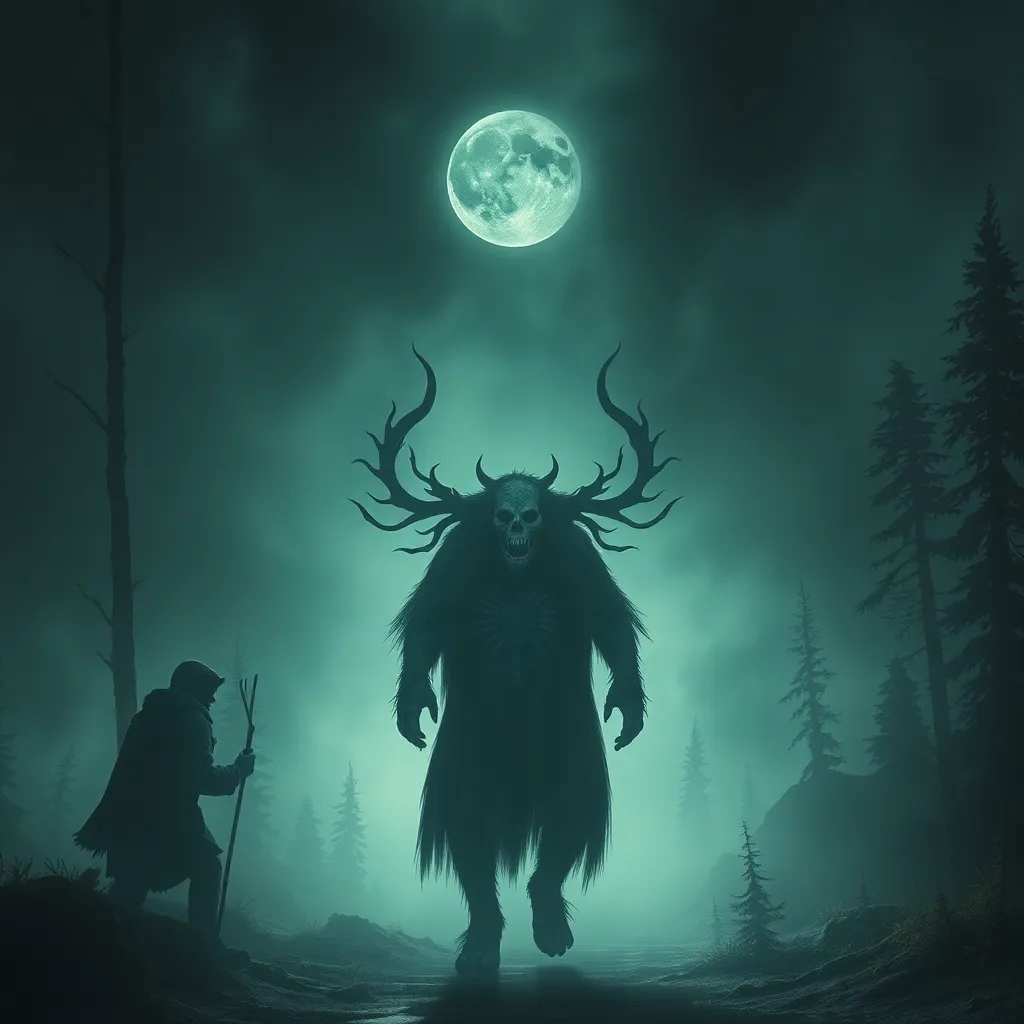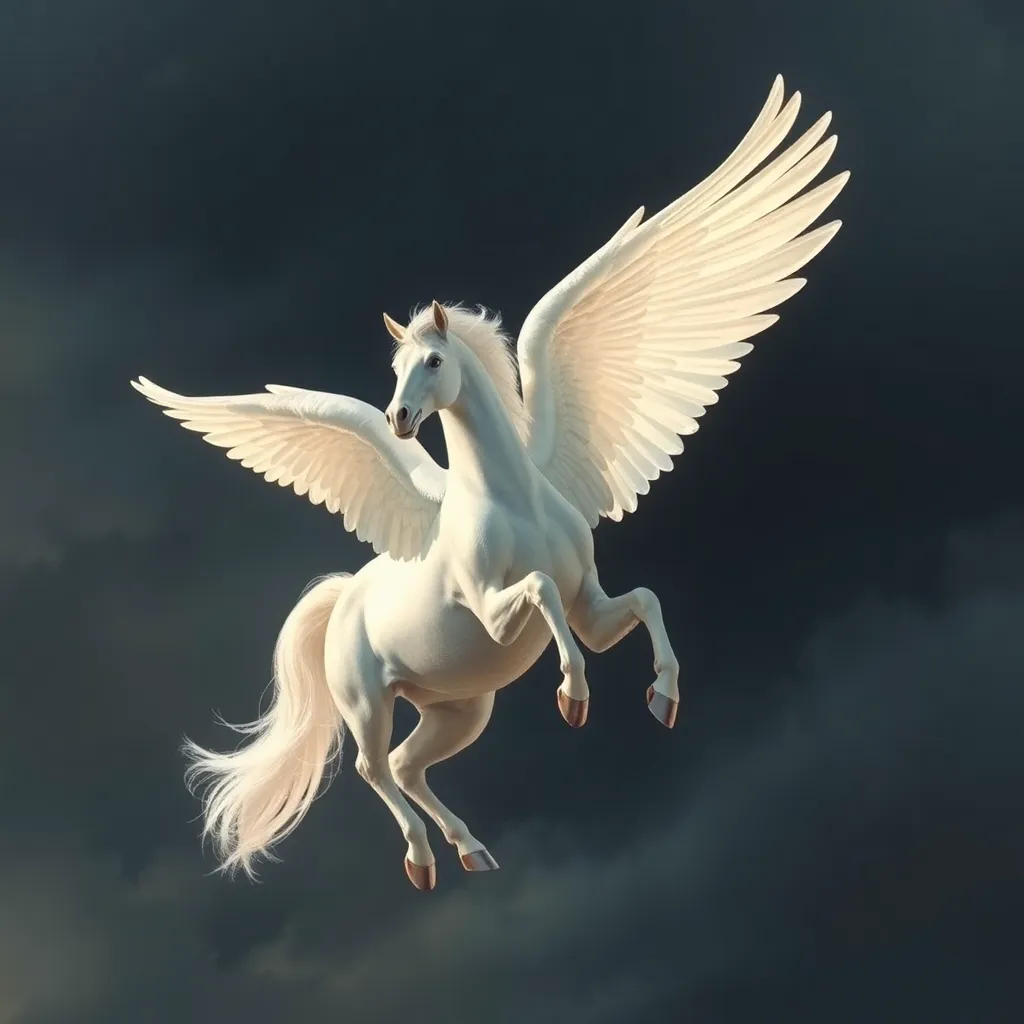The Haunting of the Northwest: Exploring Salish Skinwalker Mythology
I. Introduction
The Salish people are a group of Indigenous tribes located in the Pacific Northwest region of the United States and Canada. Their rich cultural heritage, characterized by deep connections to the land and nature, plays a significant role in their identity. Among the numerous elements of Salish mythology, the concept of skinwalkers stands out as a particularly intriguing and haunting notion.
Skinwalkers, often depicted as malevolent shapeshifters, are prevalent in many Native American cultures. They are typically associated with dark magic and are feared throughout various tribes. This article aims to explore the Salish skinwalker mythology, delving into its origins, stories, symbolism, and contemporary interpretations, while emphasizing the importance of preserving and respecting Indigenous lore.
II. The Origins of Salish Skinwalker Mythology
The historical context of the Salish tribes provides insight into the origins of skinwalker mythology. The Salish peoples traditionally inhabited the regions now known as Washington, Oregon, and British Columbia. Their rich oral traditions are filled with stories that impart moral lessons and explain natural phenomena.
Skinwalkers in Salish mythology are often described as witch-like figures who possess the ability to transform into animals. This transformation is not merely a physical change; it represents a deeper moral and ethical decay. Salish skinwalkers are typically associated with individuals who have committed grave offenses, often against cultural taboos.
While other Native American tribes have their own versions of shapeshifters, Salish skinwalkers are distinct in their specific traits and associated beliefs. For instance, while Navajo skinwalkers are often depicted as witches who can transform into any animal, Salish skinwalkers are more closely tied to the manipulation of spiritual powers and the violation of societal norms.
III. Skinwalker Legends: Stories and Anecdotes
Throughout the Salish region, numerous skinwalker tales have emerged, each with its unique twist and moral lesson. One notable story involves a skinwalker who transformed into a coyote to prey on unsuspecting travelers. The tale serves as a warning against venturing into the wilderness alone, particularly at night.
- The Tale of the Cunning Coyote: A story of a shape-shifting skinwalker who deceives a group of hunters, only to face dire consequences for his actions.
- The Woman in the Woods: A chilling account of a woman who is said to have transformed into various animals, luring men to their doom.
Personal accounts from community members further enrich the mythology surrounding skinwalkers. Elders often recount their encounters with these figures, emphasizing the blend of fear and respect that accompanies such stories. The oral tradition of storytelling is vital in preserving these cultural narratives, allowing younger generations to connect with their heritage.
IV. Symbolism and Themes in Skinwalker Myths
Skinwalker myths are steeped in symbolism and thematic elements that reflect broader cultural beliefs. Common themes include:
- Transformation: The ability to change form illustrates the fluidity of identity and the consequences of moral choices.
- Morality: Many stories serve as cautionary tales, highlighting the importance of adhering to cultural norms and respecting nature.
- Power: Skinwalkers often embody the dangers of unchecked power and the consequences of straying from community values.
The figure of the skinwalker often symbolizes the darker sides of human nature and the potential for corruption. Furthermore, the connection to nature is paramount in Salish beliefs, where skinwalkers are seen as disruptors of the natural order, reminding communities of the delicate balance between humanity and the environment.
V. The Role of Skinwalkers in Salish Culture
Within Salish culture, skinwalkers serve as cautionary figures, embodying the moral lessons that are crucial to community life. They act as reminders of the consequences of violating societal norms and engaging in forbidden practices.
These narratives impact cultural practices and community behavior, instilling a sense of caution and respect for the natural world. The duality of fear and respect is evident in how skinwalkers are perceived; they are both to be feared for their power and respected for their connection to the spiritual realm.
VI. Contemporary Interpretations and Adaptations
In modern media, Salish skinwalker myths have been depicted in various forms, from literature to film. These portrayals often draw on traditional narratives while adapting them to contemporary audiences. While some adaptations respect the origins of these myths, others may sensationalize them, leading to misconceptions about Indigenous cultures.
Popular culture has embraced skinwalker stories, often blending them with horror and fantasy genres. This evolution reflects a broader interest in Indigenous lore, but it also raises concerns about cultural appropriation and misrepresentation.
VII. The Importance of Preservation and Respect for Indigenous Lore
The digital age poses challenges for the preservation of oral traditions, as stories risk being diluted or misinterpreted when shared outside their cultural context. It is crucial to respect the narratives and practices of Indigenous cultures, ensuring that they are conveyed authentically and with due reverence.
Encouraging dialogue between Indigenous and non-Indigenous communities can foster mutual understanding and respect. Initiatives that promote cultural education and storytelling can help to bridge the gap, ensuring that these important narratives continue to thrive.
VIII. Conclusion
Salish skinwalker mythology offers a fascinating glimpse into the rich cultural heritage of the Salish people. These myths not only provide insight into their beliefs and values but also serve as a reminder of the enduring legacy of Indigenous narratives in the Pacific Northwest.
As we continue to explore and understand these complex stories, it is essential to approach them with respect and a desire for genuine understanding. By doing so, we honor the cultural significance of skinwalker legends and contribute to the preservation of Indigenous lore for future generations.



